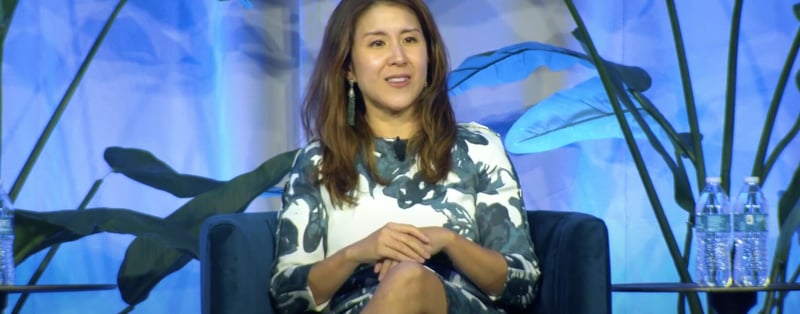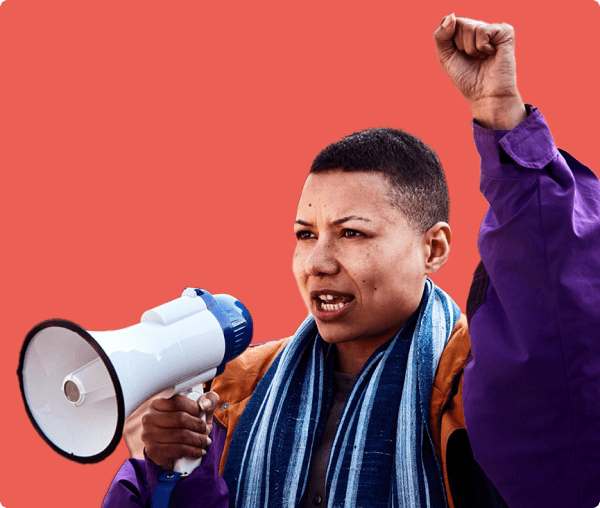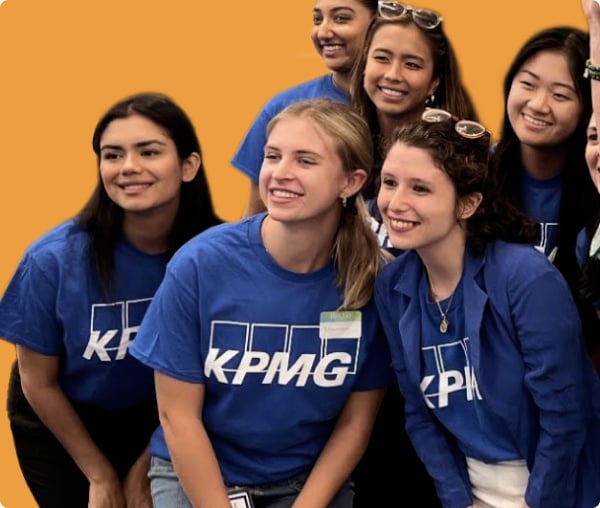Strategies for building community capacity
 Gohar Chichian
·
4 minute read
Gohar Chichian
·
4 minute read

The pandemic has shown a spotlight on many things, including the importance of having resilient organizations that can advance impact in their communities and stand the test of time. Philanthropy plays a critical role in building capacity for nonprofits as part of its commitment to advancing the long game. By focusing on capacity-building initiatives, philanthropic organizations that aim to empower nonprofits to operate more effectively, efficiently, and sustainably, magnify their impact on the causes they serve and contribute to the long-term success of their missions.
Our Chief Operating Officer, Kathy Brady, joined a panel at the Grantmakers in Health Conference to discuss community capacity building. The discussion focused on the support nonprofit leaders often wish they could ask for, how those needs have shifted over the last several years, and how funders can go beyond the dollar to leverage their full range of resources in support of organizations working to achieve better health for all.
Kathy was joined by Cara V. James, PhD, President and Chief Executive Officer of Grantmakers in Health, and Meera Chary, Partner, Head of the Leadership Accelerator at The Bridgespan Group.

Here are five takeaways from the conversation:
1. Speak to nonprofits in your community: Listen, have an orientation of learning, and develop a long-term vision based on your conversation.
“It’s important first and foremost to talk with the nonprofits. This can be through surveys, focus groups, one on one conversations…it's important to think about a constellation, a portfolio of services you end up offering. There are likely things you can go and do that are immediate, which is just about making sure they get the resources in hand, the people and the money they need to go address what’s most critical at that moment. Then, think about the long-term: what are some of the ways in which you can build skills, provide healing for the organization, and connection points? How are you facilitating community engagement and conversation so that organizations and organization leaders no longer feel so alone? That is half the battle.” - Kathy
“We need to approach this with a mindset of abundance…time is a limited resource...indicate to the nonprofits in your network confidence in their longevity, we want to understand what your current and long-term needs are so we can figure out how to support both.” - Meera
2. Address the critical need for outreach and messaging resources: Marketing and communications projects are the highest priority for nonprofits because this isn’t provided in traditional grantmaking support.
In 2022, websites were listed as the top requested need by nonprofits on Catchafire. This is what nonprofits need to get done to achieve their missions, but they don’t have the support to do so. Grantmakers should consider their current giving approach and funding models, and ask:
- What are critical areas of work where nonprofits don’t receive funding or lack the staff or expertise to address?
- Do we provide grants or technical assistance to support that work?
- Do we provide coaching or tools?
- Have we heard of these needs from grantees or the broader nonprofit community?
3. Nonprofits that are Black, Indigenous, and People of Color (BIPOC)-led get the most value out of capacity support: On Catchafire, 62% of nonprofits are BIPOC-led, and 33% are Black-led.
“More funders are trying to go and find the orgs that are BIPOC-led and Black-led and bring those organizations into the fold, but this is still scratching the surface. There is still so much more to be done.” - Kathy
Supporting BIPOC-led and serving organizations is critical. On the Catchafire platform, we’ve seen a growing number of translation projects, as nonprofits seek to expand their reach in diverse communities. Translation services are a high priority and high expense for many nonprofits.
“More organizations are realizing that they’re not reaching the constituents that they should, whether that be donors or beneficiaries. Language is a barrier, but how many of us fund translation? It’s not super simple. While these may feel like tactical tasks…they have immediate impact.” - Kathy
4. When the four forces–philanthropy, government, businesses, and volunteers–come together, they can make a collective impact on critical community issues like:
- Health: 72% of projects on Catchafire were by nonprofits that are focused on the social determinants of health
- Social Justice: 1,322 DEI and justice-focused nonprofits looked to Catchafire for support
- Education: 40% of completed projects were by nonprofits working in education and health
- Housing: There was a 229% increase in impact to housing-focused nonprofits; housing nonprofits were 21% of projects on the platform
“What do you know about the nonprofit needs in your community? How often do you engage in that conversation beyond what is initially surfaced in the grant? What are the support mechanisms that you are offering as a funder? How are you continuing the conversation even after the grant is made?” - Kathy
5. When given the opportunity to fulfill their needs without grant restrictions, nonprofits take advantage. On Catchafire, once a nonprofit posts their need, they match with a volunteer within an average of five days. The average contribution value of volunteers is around $9,000. While there has been much talk about the decline in volunteerism nationwide, we have seen a growing population of skilled volunteers on Catchafire.
Philanthropy needs to work more closely with nonprofits to have a better understanding of community needs and resources. Funders can do this by hearing directly from nonprofits on what they need, and by utilizing data-based decision making. By providing capacity and general operating support, nonprofits can sustain and expand their operations and programming.
Steps that funders can take now:
- Conduct a listening tour with your nonprofit community
- Survey your nonprofit community
- Offer rejected applicants other services and support (like Catchafire) to start to build a relationship
- Standardize impact measurement and grant applications
This advances the long game: believe in your grantees and their ability to make a mark. Connect with them to give them a menu of options and resources that they can utilize. Funders can contribute to organizational sustainability and more effectively meeting community needs year-round.
Get involved
If you’re a grantmaker or company and would like to learn more about equipping nonprofits in your community with responsive, high-quality, and impactful capacity building support, let’s connect. Email us here.
Visit our events page to RSVP for upcoming foundation programming and discussions like these. Catchafire is committed to creating learning moments for partners and thought leaders in philanthropic work to further the impact for all communities.



